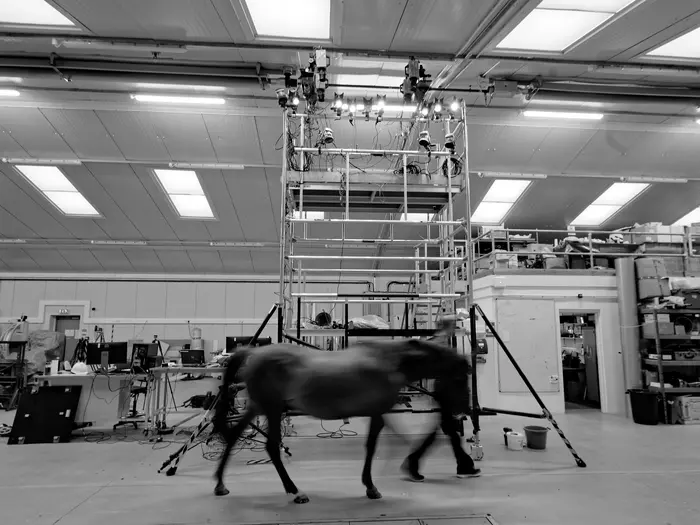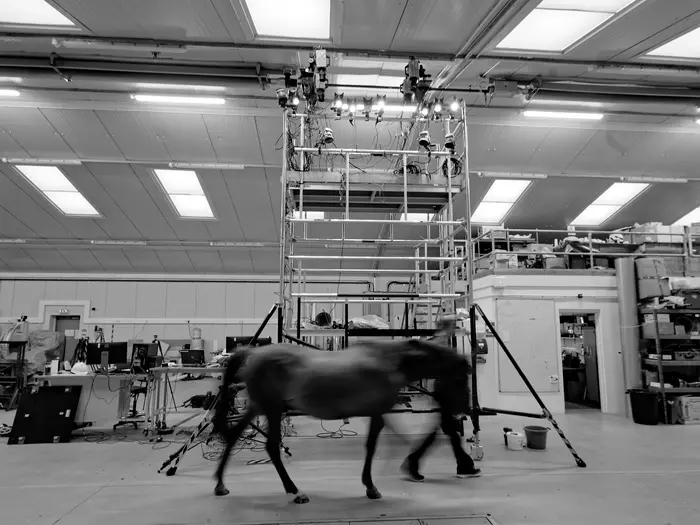Equine back pain is prevalent in at least 35% of ridden horses and often attributed to poor saddle fit. A new method for scanning moving horses has enabled Dr Jorn Cheney, a researcher of animal locomotion at the University of Southampton, UK, to produce an enhanced saddle-map that can reduce back pain for horses.

Credit: Jorn Cheney
Equine back pain is prevalent in at least 35% of ridden horses and often attributed to poor saddle fit. A new method for scanning moving horses has enabled Dr Jorn Cheney, a researcher of animal locomotion at the University of Southampton, UK, to produce an enhanced saddle-map that can reduce back pain for horses.
Current practice for fitting saddles to horses is done on standing animals, but that doesn’t account for how the saddle will change position as the horse moves. “We were surprised to see that the shape of the standing animal was substantially different from the stride-averaged shape of the moving animal,” says Dr Jorn Cheney, a researcher of animal locomotion at the University of Southampton, UK. “We expected a difference, just not to the extent that we saw.”
Dr Cheney and his team measured the change in the shape of horse’s backs by filming them walking and trotting with an array of cameras. They then reconstructed the saddle region as it morphed throughout the stride and tracked the movement of the limbs using a technique known as videogrammetry.
The product of these measurements is a “saddle-map” that highlights ideal areas for saddle placement to reduce the chances of pain or injury for the horse. One area of the horse’s back, known as the withers, is located just above and behind the shoulder blades and was found to move up and down a few centimetres during movement compared to standing still.
This map identifies the most and least mobile areas of horse’s backs while walking and trotting, which may help to improve saddle design and fitting methods. “My research measures the shape of saddle region, as the horse walks and trots, to understand how the muscles bulge and the spine bends so that we can integrate that knowledge into better saddle design,” says Dr Cheney, “A poor interface between a saddle and a horse’s back can lead to severe tissue damage in horses, even the wastage and loss of whole muscles in the back.”
This research also finds that the least mobile areas of the horse’s back are the most appropriate for distributing pressure, while repeated application of high pressure and soft tissue movement in the most mobile areas can lead to pain and tissue damage.
“Among the outcomes of this research will be new design and fitting guidance for saddlers,” says Dr Cheney, who is working with master saddlers to ensure that the new fitting guidance is in line with professional approaches to saddling and industry philosophy.





